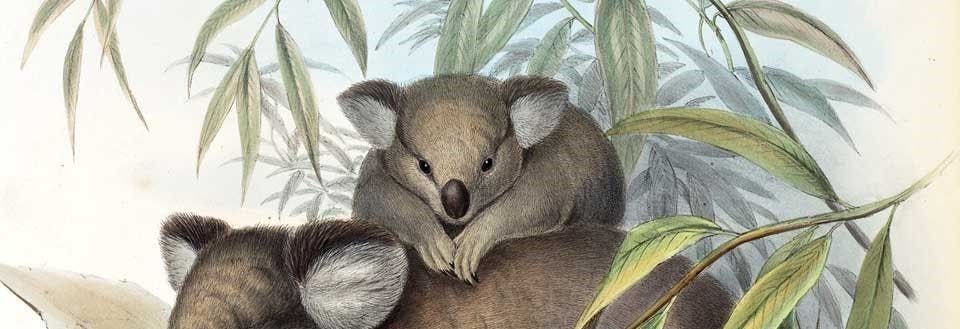Donovan, Edward (1768-1837).
An Epitome of the Natural History of the Insects of India. London: T. Bensley, 1800.
Donovan was another example of a stay-at-home naturalist who made a living publishing handsome books on exotic fauna. His Epitome of the Natural History of the Insects of China (1798) was a great success, and so in 1800, he launched a similar Epitome of the Insects of India. Donovan was not a field naturalist; rather, he collected specimens, assembled them in museums, and made his illustrations from his mounted specimens. But he fully subscribed to the Linnaean system, and all his specimens have Linnaean-style binomial names.
What makes Donovan’s works so visually impressive is the coloring on the illustrations, which is applied so heavily that it is hard to tell there is an engraving underneath. This butterfly from Ambon, mounted on a Mimosa, well illustrates both the technique, and its visual success. The Scarab beetle was based on a specimen in the museum of the Queen of Sweden. Donovan unfortunately over-reached himself financially; in 1817, he had to close his museum and sell his collections, and he died penniless in 1837.

